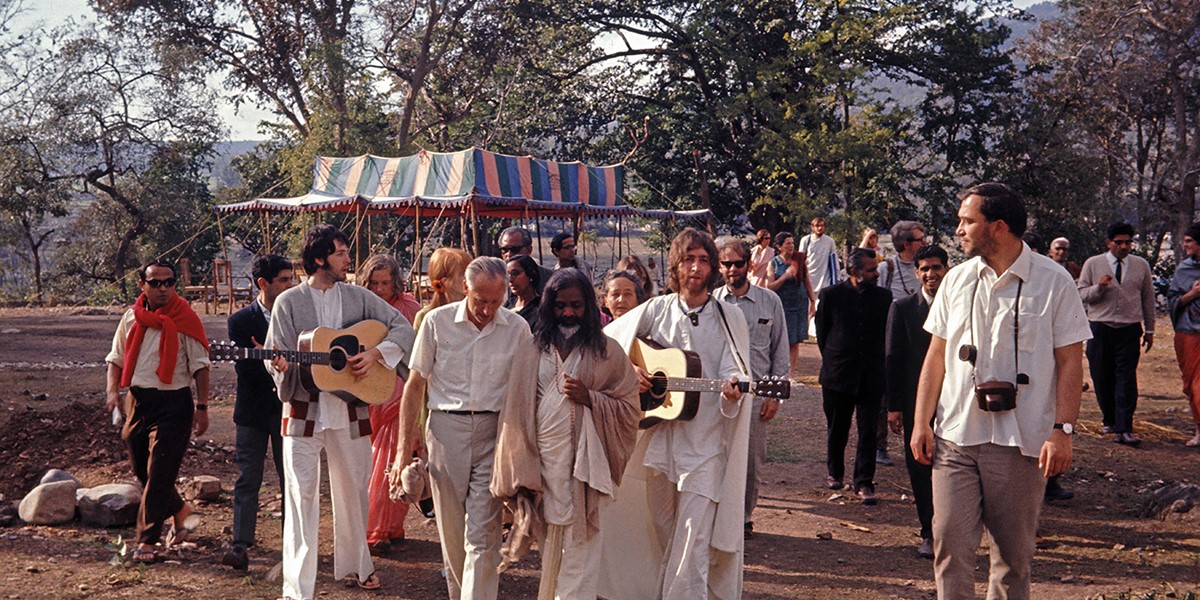Monday, December 20, 2021
The Beatles in India
Nigel Williamson explores The Beatles and India, a new film lifting the lid on the Fab Four’s journey east and the impact that Indian music and culture had on the group’s own sound and legacy

The Beatles at the ashram of the Maharishi Mahesh Yogi (©Colin Harrison Avico Ltd)

Register now to continue reading

Thanks for visiting the Songlines website, your guide to an extraordinary world of music and culture. Sign up for a free account now to enjoy:
- Free access to 2 subscriber-only articles and album reviews every month
- Unlimited access to our news and awards pages
- Our regular email newsletters

